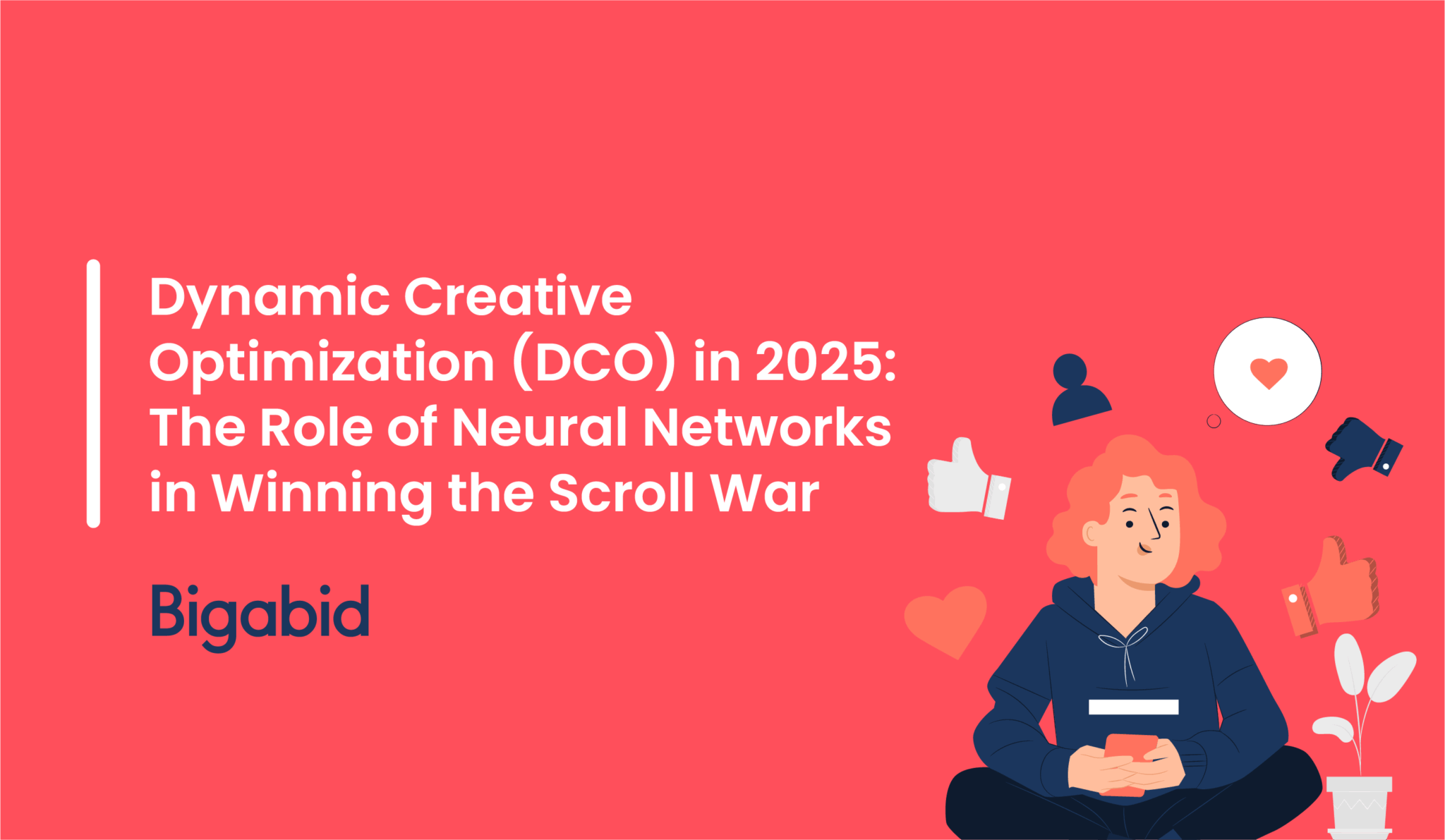
Imagine this for a moment: a user swipes through their phone in a blur, flicking past hundreds of ads they barely even notice. For most advertisers, that’s where the story ends—lost impressions and wasted spend. But for a few savvy marketers, it’s the moment a neural network springs into action, dynamically serving an ad so perfectly tailored to that user’s interests and behavior that it slices through the noise and stops the scroll.
This is the new reality of mobile advertising in 2025—a world in which Dynamic Creative Optimization (DCO), supercharged by neural networks, is fast becoming the frontline weapon in the so-called “scroll war.” And it’s not just hype. Brands leveraging these technologies are rewriting the rules of User Acquisition (UA) and retargeting, achieving results that were simply out of reach a few years ago.
At Bigabid, we’ve seen firsthand how transformative neural-powered DCO can be. But to understand why it matters—and how to implement it effectively—it’s crucial to look at both the limitations of older approaches and the radical new opportunities opening up in the year ahead.
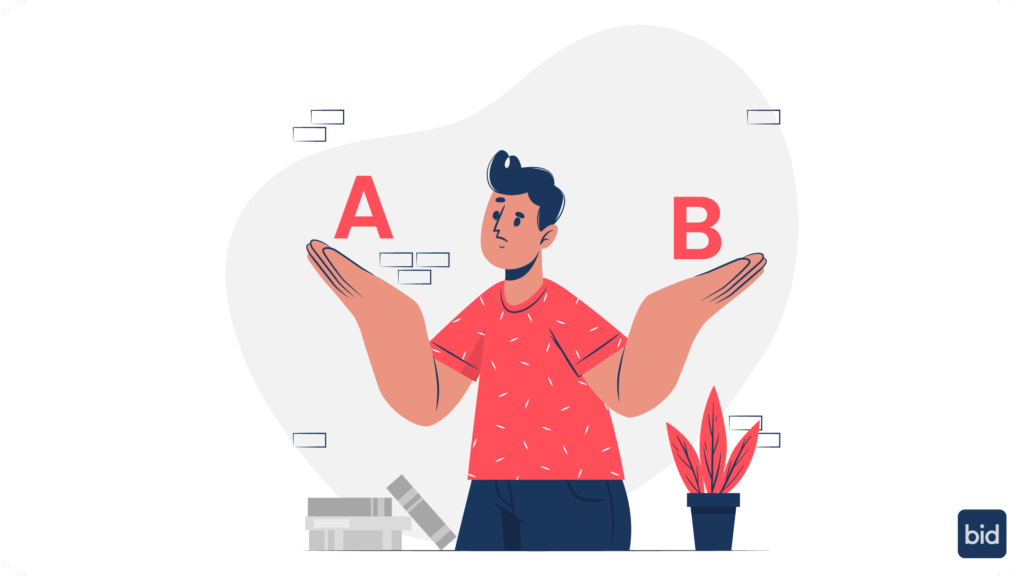
In the early days of digital advertising, marketers were thrilled to run simple A/B tests: headline A versus headline B, blue button versus red button, video ad versus static banner. It was a revolutionary leap at the time, offering data-driven insight where there had previously been guesswork. But while traditional A/B testing still has its place, its limitations have become glaringly obvious in the hyper-competitive mobile space.
Consider how rapidly user behaviors change today. A creative that performs brilliantly one week can underperform the next, simply because users have seen it too many times or trends have shifted. Add to this the sheer number of possible creative variations available to advertisers—different images, headlines, colors, calls-to-action, and formats—and it becomes clear that manual testing simply can’t keep up. You might test five or ten creative combinations, but there could be thousands of potential permutations that go unexplored.
This is where the real pain point lies: manual testing is too slow, too limited, and too reactive to keep pace with users whose preferences evolve almost daily. And in mobile app marketing, where every fraction of a percent in click-through rates or cost-per-install can mean the difference between a profitable campaign and a money-losing one, that lag is simply unacceptable.
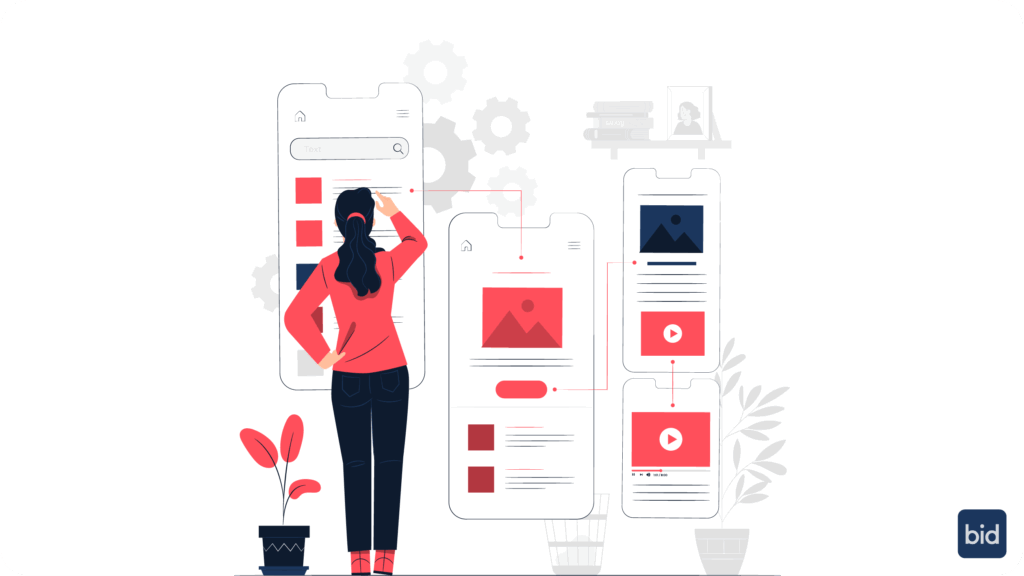
Dynamic Creative Optimization is essentially the answer to this problem. Instead of relying on fixed creatives and rigid testing schedules, DCO enables advertisers to create a library of assets—images, headlines, copy variations, colors, videos—that can be dynamically assembled in real time into countless creative combinations.
But DCO is more than just shuffling creative pieces around. It’s about using data to determine which combination of elements is most likely to resonate with a specific user at a specific moment. Imagine a mobile gamer scrolling through social media at 11 PM. The DCO system might determine that this user responds better to darker-themed visuals, concise copy, and a prominent “Install Now” button in a vibrant green. Another user might be served a bright, playful ad with longer copy highlighting a free reward, tailored precisely to their past engagement patterns.
The beauty of DCO lies in this hyper-personalization. Every impression becomes a chance to test and learn, feeding more data back into the system for smarter decisions in the next round. But even traditional DCO has limits—because the decision engines behind it often rely on basic rules and heuristics that can’t fully capture the complexity of user behavior.
And that’s precisely where neural networks change the game.
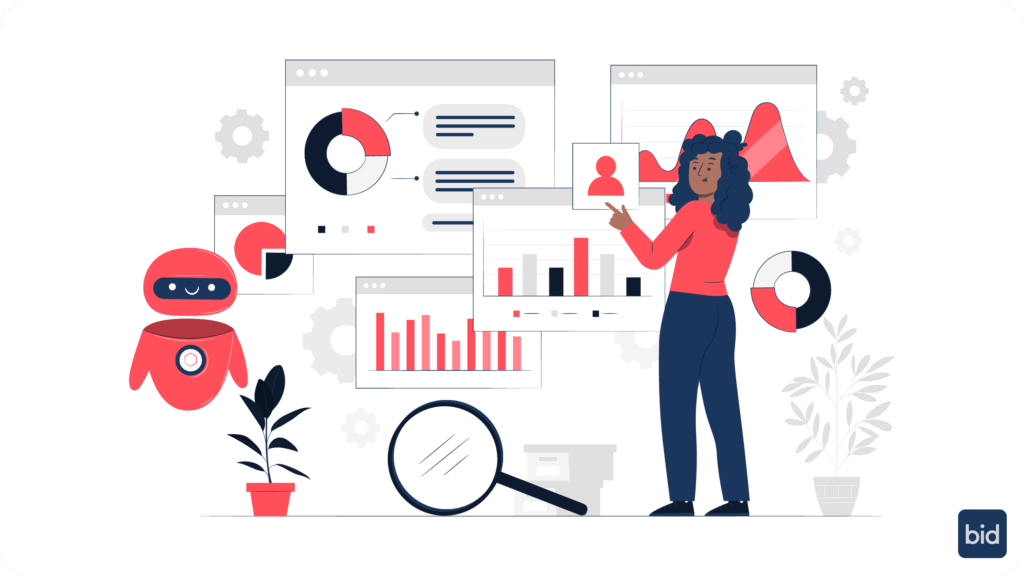
At its core, a neural network is a system designed to mimic how the human brain processes information. Instead of following fixed rules, it analyzes massive volumes of data, looking for patterns and relationships far too subtle for a human—or a traditional algorithm—to spot.
In advertising, neural networks can analyze how different creative elements perform across countless audience segments, taking into account signals like:
Instead of simply testing variations one by one, a neural network learns continuously, adjusting creative combinations on the fly based on live performance data. It doesn’t just predict which ad a user might like—it adapts in real time, optimizing for outcomes like click-through rates, installs, and even downstream events such as in-app purchases or subscriptions.
For instance, imagine a mobile RPG game publisher. Traditionally, they might test a handful of ad variations and settle on the top performer only after weeks of collecting and analyzing data. But with neural-powered DCO, they could generate and evaluate hundreds of creative combinations automatically. The result could be a significant reduction in cost-per-install and higher retention rates. And the most effective creative combinations might not be the ones marketers would have chosen manually. In a hypothetical scenario, a headline emphasizing “Build Alliances” rather than “Win Battles” might perform dramatically better among users who’d previously shown interest in strategy games—a subtle preference the neural network could detect through patterns in user behavior.

The idea of implementing neural networks in your creative workflow might sound intimidating. But in practice, it’s achievable if you approach it methodically.
First, start with your creative assets. It’s essential to catalogue every piece of creative material you have—images, videos, headlines, body copy, CTA buttons—and tag them according to their attributes. For instance, you might tag an image as “bright colors,” “humorous,” or “action-focused.” This tagging helps the neural network understand not just what assets exist, but what emotional or contextual weight they carry.
Next, integrate user data streams. Neural networks thrive on data. The more signals you can provide—like user install histories, session lengths, in-app events, purchase data—the more accurately the model can predict which creative elements will drive performance for different segments.
Once your data is in place, the neural model can be trained using historical campaign data. This training phase allows the system to recognize which combinations of creative elements correlate with your desired outcomes. Initially, you might start small, running neural optimization on just a portion of your traffic to validate its effectiveness before expanding more broadly.
After deployment, monitoring is critical. Neural networks are powerful, but they’re not infallible. Keep an eye on your key performance indicators—like CPI, CTR, and retention—and set clear thresholds to detect anomalies or unexpected dips. And remember, neural networks improve with time. The most successful advertisers continually retrain their models, often daily during high-volume periods like holiday shopping seasons, ensuring they stay tuned to shifting user preferences.
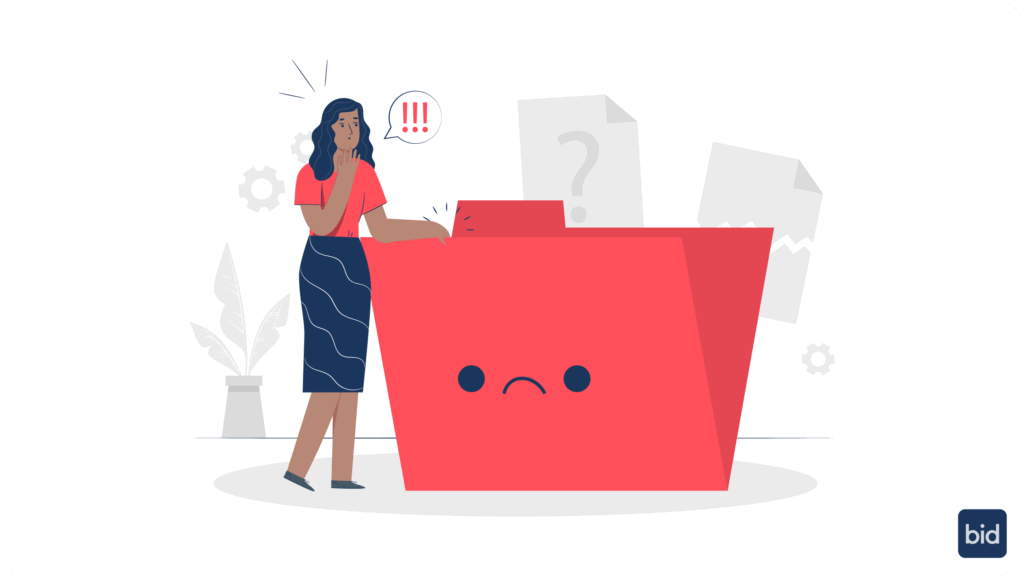
Of course, even the best neural DCO strategy can stumble if certain fundamentals aren’t in place. One of the biggest pitfalls is poor data quality. If your creative assets are mislabeled, or if your user data is incomplete, the neural network will make flawed predictions.
Creative fatigue is another risk. While neural networks can identify strong-performing assets, they can’t compensate for assets that users have simply seen too many times. It’s crucial to keep your creative library fresh, regularly introducing new visuals and copy variations.
There’s also the challenge of attribution lag. For many advertisers, true value signals like purchases or subscriptions might not occur until days or weeks after an ad impression. In these cases, it’s wise to use proxy metrics—like click-through rate or short-term engagement—to guide optimization while waiting for longer-term outcomes.
And lastly, bias is a genuine concern. Neural networks learn from historical data, which can sometimes encode unintended biases. It’s essential to audit your model outputs regularly to ensure they aren’t disproportionately favoring certain demographics or reinforcing stereotypes.
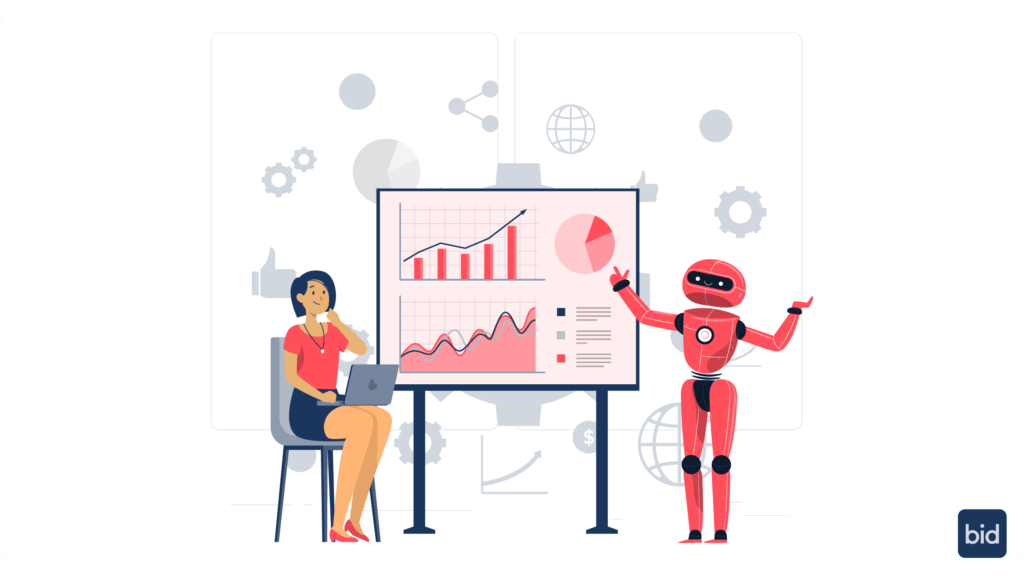
When neural-powered DCO works as intended, the results can be game-changing. But it’s critical to measure success with the right metrics.
At the forefront are primary performance indicators like cost-per-install, click-through rate, and retention rates at key milestones such as day one and day seven. These metrics directly affect your ROI and provide a clear signal of whether your creative strategies are resonating with users.
Secondary metrics are equally valuable, offering deeper insight into the quality of your traffic. View-through rates, for example, help measure how effectively video ads influence user behavior, even without immediate clicks. Incremental installs can reveal how much of your growth is truly driven by advertising rather than organic reach. And perhaps most telling of all is the lifetime value of acquired users—a metric that underscores not just initial engagement but long-term monetization potential.
One of the most compelling aspects of neural-powered DCO is its ability to unlock insights that go far beyond campaign performance. For example, discovering that certain creative themes perform better among specific audience segments can inform broader marketing decisions, from in-app design to product messaging.
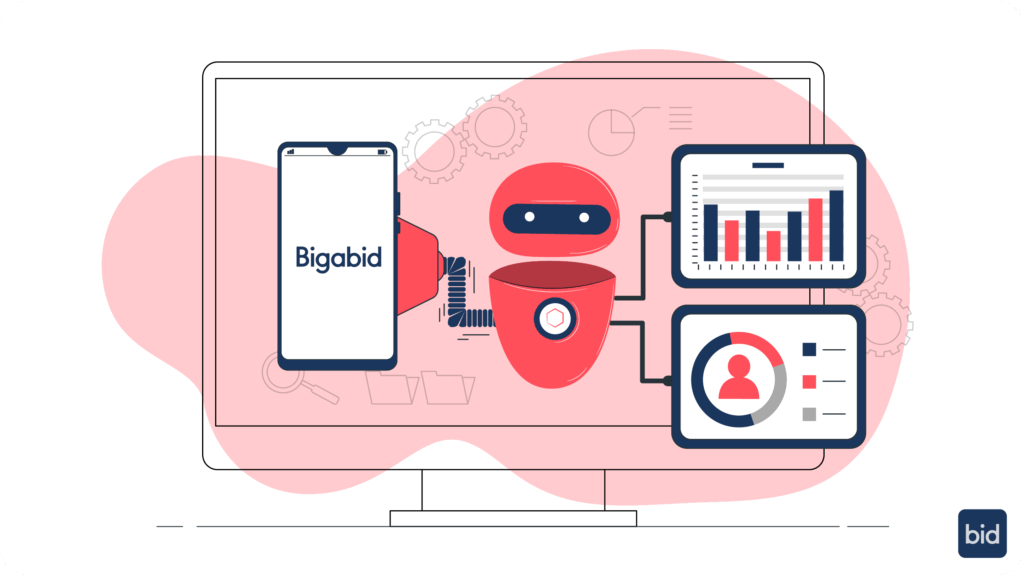
As we look toward the future of mobile marketing, the possibilities for neural-powered DCO are only expanding. Generative AI is poised to revolutionize creative production itself, enabling systems to generate fresh images, copy, and even video on demand. Meanwhile, cross-channel synchronization will ensure consistent creative narratives across social, display, video, and even connected TV. And as predictive personalization becomes more sophisticated, neural networks will begin anticipating what users want before they even realize it themselves.
For marketers willing to embrace these innovations, the opportunities are enormous. Those who hesitate risk falling behind in an ecosystem where every scroll matters and every impression is a chance to convert.
At Bigabid, we believe neural-powered DCO isn’t just another tool—it’s a critical competitive advantage for mobile marketers in 2025 and beyond. If you’re serious about transforming your User Acquisition or retargeting efforts, now’s the time to explore what neural networks can do for your creative strategy.
Ready to see how Bigabid’s neural-powered platform can help you break through the scroll and drive real results? Contact us today. Let’s build campaigns that win the war for attention – one scroll at a time.